
PROMO!
First order? Get 10% OFF with this code: 1storder
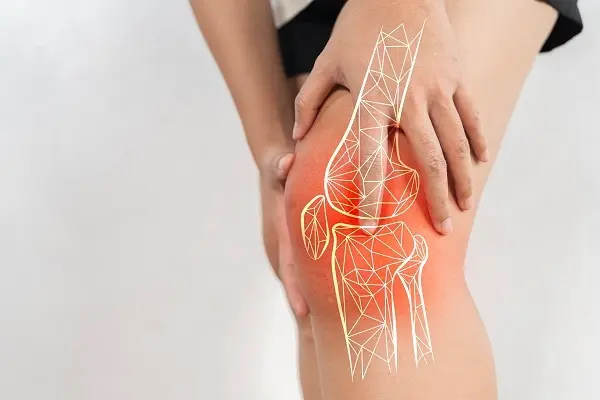
AOD-9604 peptide shows promise for cartilage repair in research studies. This peptide comes from growth hormone but works differently.
Researchers found it can help fix damaged cartilage in lab tests. Research shows AOD-9604 peptide may boost collagen making in cartilage cells. It also helps reduce swelling in joints.
Studies used rabbits with knee problems. The peptide helped heal cartilage better than no treatment. However, these results are only for research use.
AOD-9604 peptide cannot be used on humans outside of approved studies. More research is needed to understand how it works.
Discover AOD-9604 Peptide from Peptide Works, a growth hormone fragment that stimulates collagen production and cartilage repair for enhanced tissue regeneration.
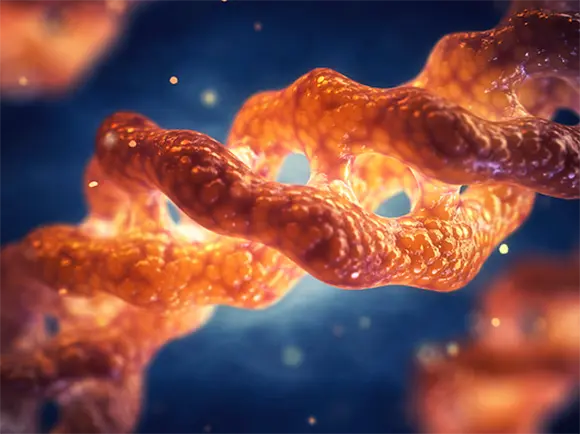
AOD-9604 peptide works through specific cellular pathways to boost collagen making. This fragment of human growth hormone targets fibroblasts, which are key cells that make collagen.
The peptide activates cellular signaling that controls how cells build extracellular matrix. Clinical trials show this powerful tool works without affecting growth hormone levels like natural growth hormone does.
AOD-9604 peptide may work through specific receptors that control tissue building. The efficacy comes from its amino acid sequence that mimics part of hgh. Peptide Works sells research peptides online with worldwide shipping for research studies.
While AOD-9604 peptide produces collagen, understanding extracellular matrix becomes crucial because collagen is useless without the complete structural framework this determines whether cartilage actually regains strength or remains weak.
Extracellular matrix acts as the structural foundation that holds cartilage together. This network includes proteins and sugars that give joints their strength and flexibility.
When ECM breaks down, cartilage becomes weak and painful. Research shows damaged ECM is a key factor in osteoarthritis development. Clinical trials reveal that peptide therapy targeting ECM repair may help restore joint function.
TB500 research demonstrates ECM remodeling effects through actin regulation. BPC-157 studies show ECM stabilization properties that support healing.
Both peptides work differently than AOD-9604 peptide but target similar tissue repair pathways. These compounds show minimal side effects in lab testing while potentially offering pain relief compared to traditional treatments.
Since ECM repair depends on specific tissue repair pathways, understanding which molecular routes these peptides activate explains why combination therapy might work better than single peptide approaches.
Explore TB500 from Peptide Works, an actin-regulating peptide that promotes cell migration and blood vessel growth for accelerated wound healing.
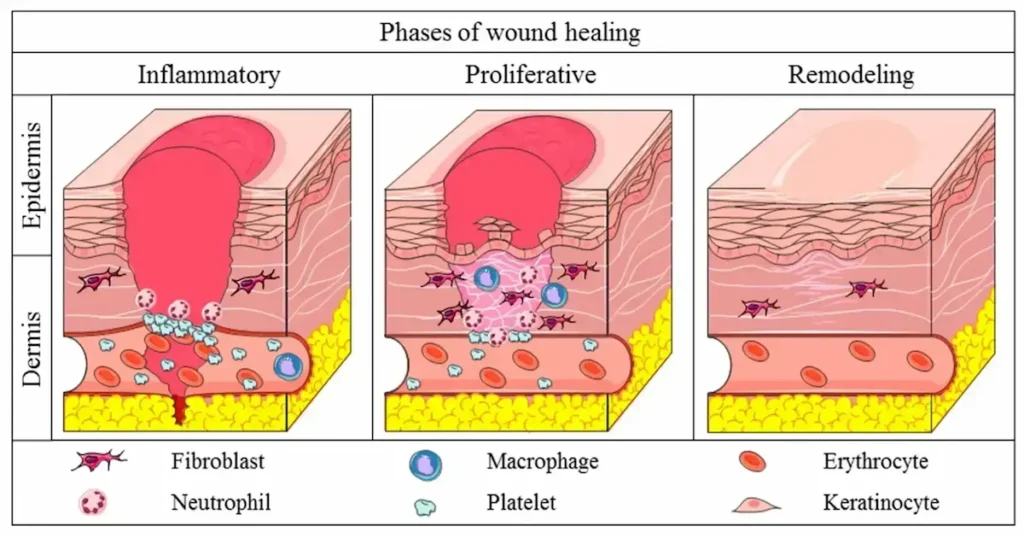
Peptides like AOD-9604, TB500, and BPC-157 target several key tissue repair pathways important for healing. The mTOR pathway helps control protein synthesis and muscle mass development.
MAPK signaling manages how cells respond to stress and inflammation. Wnt signaling plays a critical role in tissue regeneration and stem cells activation, particularly mesenchymal stem cells involved in cartilage repair.
TB500 promotes healing through actin polymerization that encourages cell migration to injury sites and improves blood vessel growth.
BPC-157 activates fibroblasts and modulates growth factors to boost collagen synthesis and repair. These peptides show promise with adverse effects being minimal in research studies.
TB500’s actin polymerization mechanism is critical to understand because without proper cell movement to injury sites, even the best pathway activation fails to deliver actual tissue repair.
Shop BPC-157 from Peptide Works, a tissue-protective peptide that stabilizes extracellular matrix and activates fibroblasts for improved healing.
Actin polymerization is the process where actin proteins link together to form long chains called filaments. These filaments help cells move and change shape during healing. When tissue gets damaged, cells need to migrate to the injury site to start repair work.
TB500 peptide enhances this process by promoting actin filament formation. Research shows TB500 delivered through subcutaneous injection helps cells move faster to wounds. This creates better blood vessel growth and tissue regeneration.
The peptide works by preventing actin-binding proteins from stopping filament formation. Studies indicate this mechanism supports faster wound healing with side effects being rare in lab testing.
Cell migration means nothing without adequate blood vessel growth to supply oxygen and nutrients – this determines whether migrating cells can actually survive and perform repair work.
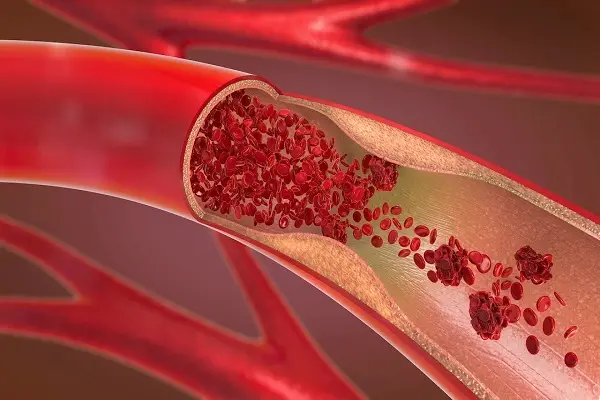
Peptides help grow new blood vessels through angiogenesis. This means forming new ones from the ones already there.
TB500 and BPC-157 trigger VEGF (vascular endothelial growth factor) pathways. These pathways make endothelial cells move and grow. These cells line the blood vessels and build new capillary networks.
Studies show peptides raise nitric oxide levels. This widens blood vessels and boosts blood flow. Better circulation brings more oxygen and nutrients to healing tissue. That supports metabolic health.
Research also shows peptides may affect growth hormone release from the pituitary gland. This can help improve body composition and speed up recovery. Lab studies link peptides with better tissue oxygen and faster healing.
But new blood vessels don’t help if they can’t deliver enough oxygen. That’s the missing piece. Tissue oxygenation may explain why some people heal fast and others don’t.
When tissues get more oxygen, cells make more energy by producing more ATP. This extra energy speeds up healing by helping cells repair themselves and lowering inflammation.
Tissues with good oxygen levels can also clear out waste and toxins more easily. These waste products can slow down healing. Studies show that better oxygen flow helps protect against metabolic syndrome by keeping cells working well.
More oxygen in the body may also boost human growth hormone, which helps the body recover. A healthy lifestyle that keeps oxygen levels up can lead to faster healing and tissue repair, as shown in lab studies.
But oxygen alone isn’t enough. Without ATP the energy that powers all repair healing may slow down or stop completely.
ATP synthesis provides the energy currency cells need for repair and regeneration processes. When tissues have more ATP available, they can perform protein synthesis, DNA repair, and cellular division much faster.
This increased energy production helps damaged cartilage rebuild stronger extracellular matrix components. Research peptides may enhance mitochondrial function, leading to improved ATP output in healing tissues.
Studies suggest that better ATP availability reduces inflammation and supports immune cell function during recovery. Enhanced ATP synthesis also helps transport nutrients across cell membranes more efficiently.
This energy boost allows cells to clear damaged proteins and rebuild healthy tissue structures faster than normal healing processes.
The future of peptide applications in cartilage repair shows tremendous promise as new therapeutic approaches emerge. AOD-9604, TB500, and BPC-157 represent early developments in regenerative medicine that may revolutionize joint health treatment.
Advanced delivery methods and combination therapies are being developed to enhance effectiveness and reduce treatment time. Personalized peptide protocols based on individual needs could become standard practice.
These compounds may integrate with stem cell therapies and tissue engineering for superior healing outcomes. The next decade could transform peptide applications from experimental compounds to mainstream therapeutic tools, offering hope for millions with cartilage damage and joint degeneration.
Thank you for reading Can AOD-9604 Peptide Stimulate Cartliage Repair? from Peptide Works a reliable peptide supplier for research purposes online.
[1] Kwon DR, Park GY. Effect of Intra-articular Injection of AOD9604 with or without Hyaluronic Acid in Rabbit Osteoarthritis Model. Ann Clin Lab Sci. 2015 Summer;45(4):426-32.
[2] Ng FM, Sun J, Sharma L, Libinaka R, et al. Metabolic studies of a synthetic lipolytic domain (AOD9604) of human growth hormone. Horm Res. 2000;53(6):274-8.
[3] Liao HJ, Chen HT, Chang CH. Peptides for Targeting Chondrogenic Induction and Cartilage Regeneration in Osteoarthritis. Cartilage. 2024 Sep 18:19476035241276406.
[4] Blain EJ, Mason DJ, Duance VC. The effect of thymosin beta4 on articular cartilage chondrocyte matrix metalloproteinase expression. Biochem Soc Trans. 2002 Nov;30(Pt 6):879-82.
[5] Seiwerth S, Milavic M, Vukojevic J, Gojkovic S, et al. Stable Gastric Pentadecapeptide BPC 157 and Wound Healing. Front Pharmacol. 2021 Jun 29;12:627533.
ALL CONTENT AND PRODUCT INFORMATION AVAILABLE ON THIS WEBSITE IS FOR EDUCATIONAL PURPOSES ONLY.
DISCLAIMER: These products are intended solely as a research chemical only. This classification allows for their use only for research development and laboratory studies. The information available on our Peptide Works website: https://peptide-works.com/ is provided for educational purposes only. These products are not for human or animal use or consumption in any manner. Handling of these products should be limited to suitably qualified professionals. They are not to be classified as a drug, food, cosmetic, or medicinal product and must not be mislabelled or used as such.
Peptide Works
Related Articles

Could Orexin A peptide Treat Daytime Fatigue?
Waking up tired frustrates many people. Dragging through a full day with heavy eyes and slow focus makes work and
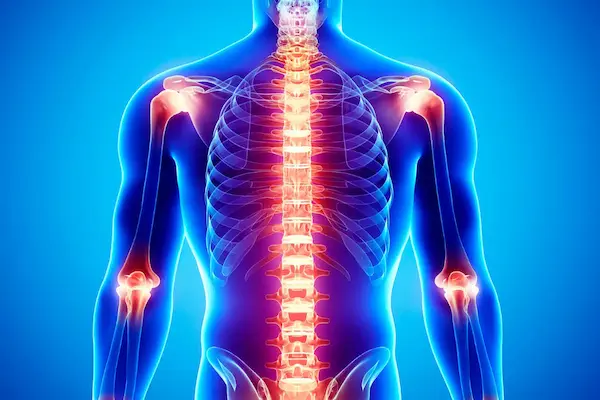
How can the Adamax Peptide help Chronic Inflammation?
Chronic inflammation acts like a fire that never stops burning. It slows recovery, drains energy, and blocks proper tissue repair.
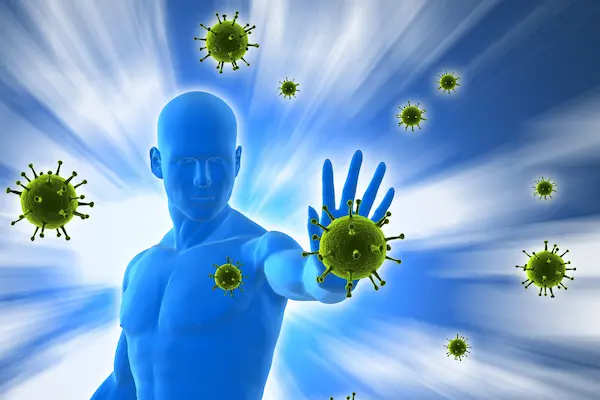
Can Vitamin B12 Immune System Support Enhance the Effects of Thymosin Alpha-1?
The Vitamin B12 immune system link is important because this vitamin plays a crucial role in DNA synthesis, methylation, energy